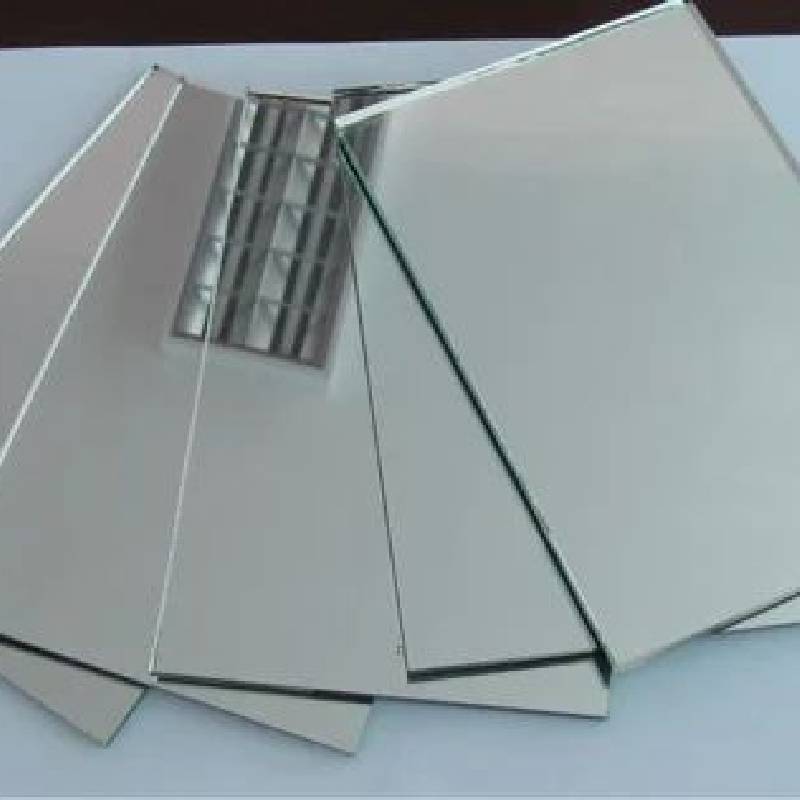

Understanding Low-E Glass in Double Glazing Benefits and Applications
Double glazing, a term commonly associated with energy-efficient windows, involves the use of two panes of glass separated by a space filled with air or gas. One significant advancement in this technology is the incorporation of low-emissivity (Low-E) glass. This innovative glass type is designed to enhance thermal performance, thereby helping homeowners save on energy costs and improve indoor comfort. In this article, we will explore the characteristics, benefits, and applications of Low-E glass in double glazing.
What is Low-E Glass?
Low-E glass is specially coated glass that reflects heat while allowing light to pass through. The “E” in Low-E stands for emissivity, which refers to a material's ability to radiate heat. Low-E coatings are microscopically thin layers of metal or metallic oxide applied to the glass surface. These coatings can be tailored to enhance either solar gain or thermal insulation, depending on environmental and design requirements.
There are two main types of Low-E glass passive and solar control. Passive Low-E glass is designed to maximize solar heat gain in colder climates, improving energy efficiency by contributing to heating in winter. On the other hand, solar control Low-E glass reflects more of the sun's heat away in warmer climates, thus reducing cooling costs.
Benefits of Low-E Glass in Double Glazing
1. Energy Efficiency One of the primary advantages of Low-E glass in double glazing is improved energy efficiency. The coating minimizes heat transfer, keeping indoor spaces warmer in winter and cooler in summer. This not only enhances comfort but also reduces reliance on heating and cooling systems, resulting in lower energy bills.
2. UV Protection Low-E glass effectively blocks harmful ultraviolet (UV) rays from the sun, which can lead to fading of furniture, carpets, and artwork. By incorporating Low-E glass in double glazing, homeowners can protect their interior spaces from UV damage, extending the lifespan of their belongings.

3. Condensation Reduction Double glazing with Low-E glass can significantly reduce condensation on windows. The interior surface of the glass remains warmer due to the low emissivity coating, which decreases the likelihood of moisture accumulation. This feature is particularly beneficial in humid climates where condensation can lead to mold growth and damage.
4. Noise Reduction Double glazing inherently provides better sound insulation compared to single-pane windows. When combined with Low-E glass, this feature is further enhanced. The additional layer of glass and the air or gas-filled space between the panes work together to dampen external noise, fostering a quieter indoor environment.
5. Environmental Impact By improving energy efficiency, Low-E glass in double glazing can contribute to a smaller carbon footprint. Less energy consumption leads to lower greenhouse gas emissions, making these windows an eco-friendly choice for sustainability-minded homeowners.
Applications of Low-E Glass in Double Glazing
The versatility of Low-E glass makes it suitable for various applications. Residential buildings are the most common use, where homeowners seek to increase energy efficiency and comfort. However, commercial buildings also benefit significantly from Low-E double glazing, as it helps manage temperature and lighting conditions efficiently.
In addition, Low-E glass is ideal for use in energy-efficient building certifications, such as LEED (Leadership in Energy and Environmental Design). Many architects and builders are now specifying Low-E glass in their designs to meet these sustainability standards, making it a popular choice in modern construction.
Conclusion
In conclusion, Low-E glass represents a significant innovation in the realm of double glazing. Its ability to enhance energy efficiency, provide UV protection, reduce condensation, increase noise reduction, and minimize environmental impact makes it an excellent choice for both residential and commercial applications. As awareness grows about the importance of sustainable building practices, the demand for Low-E double glazing is likely to increase, offering homeowners and builders alike a pathway to a more energy-efficient future. Whether renovating an existing property or designing a new one, incorporating Low-E glass in double glazing is a decision that pays off in comfort, cost savings, and environmental stewardship.